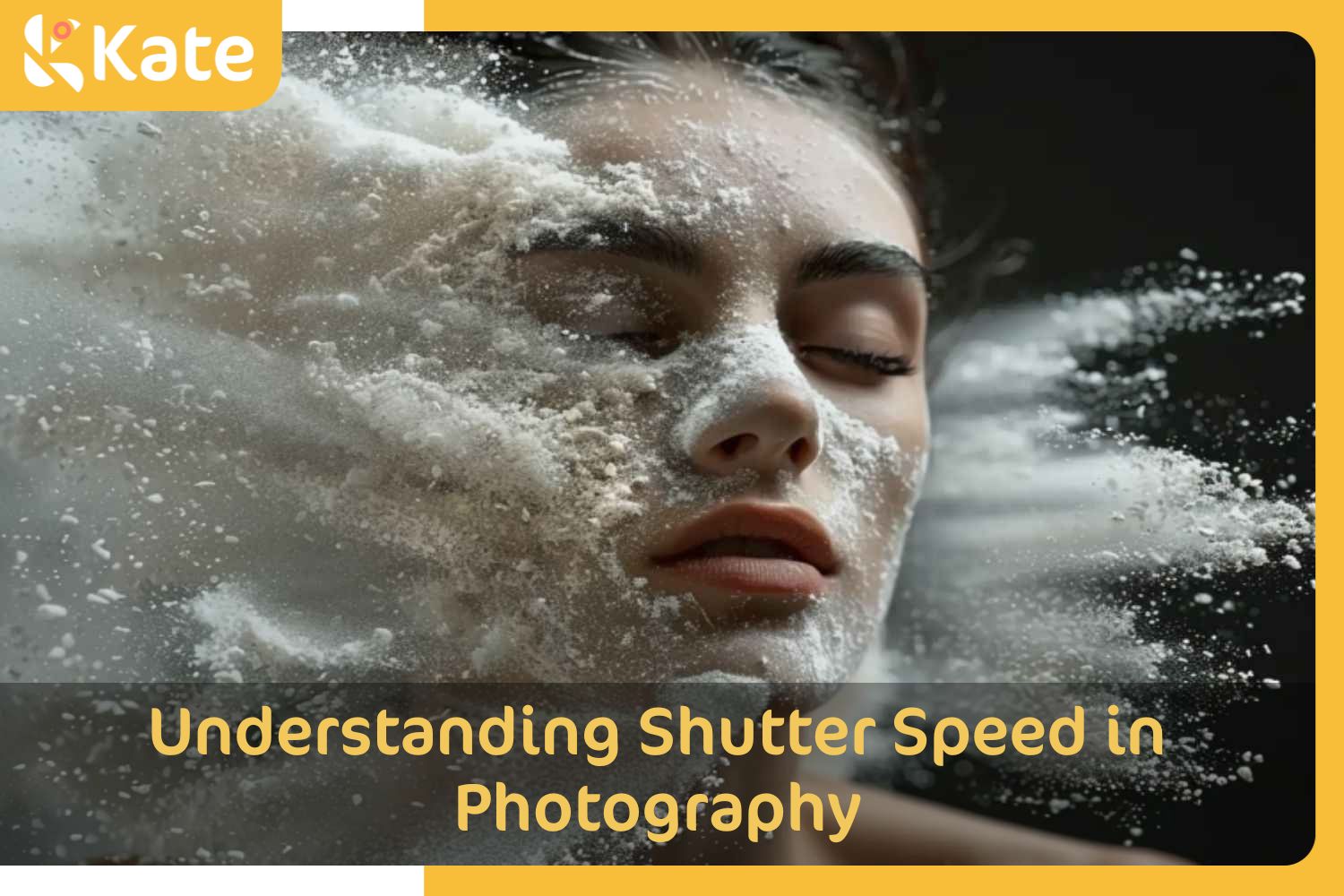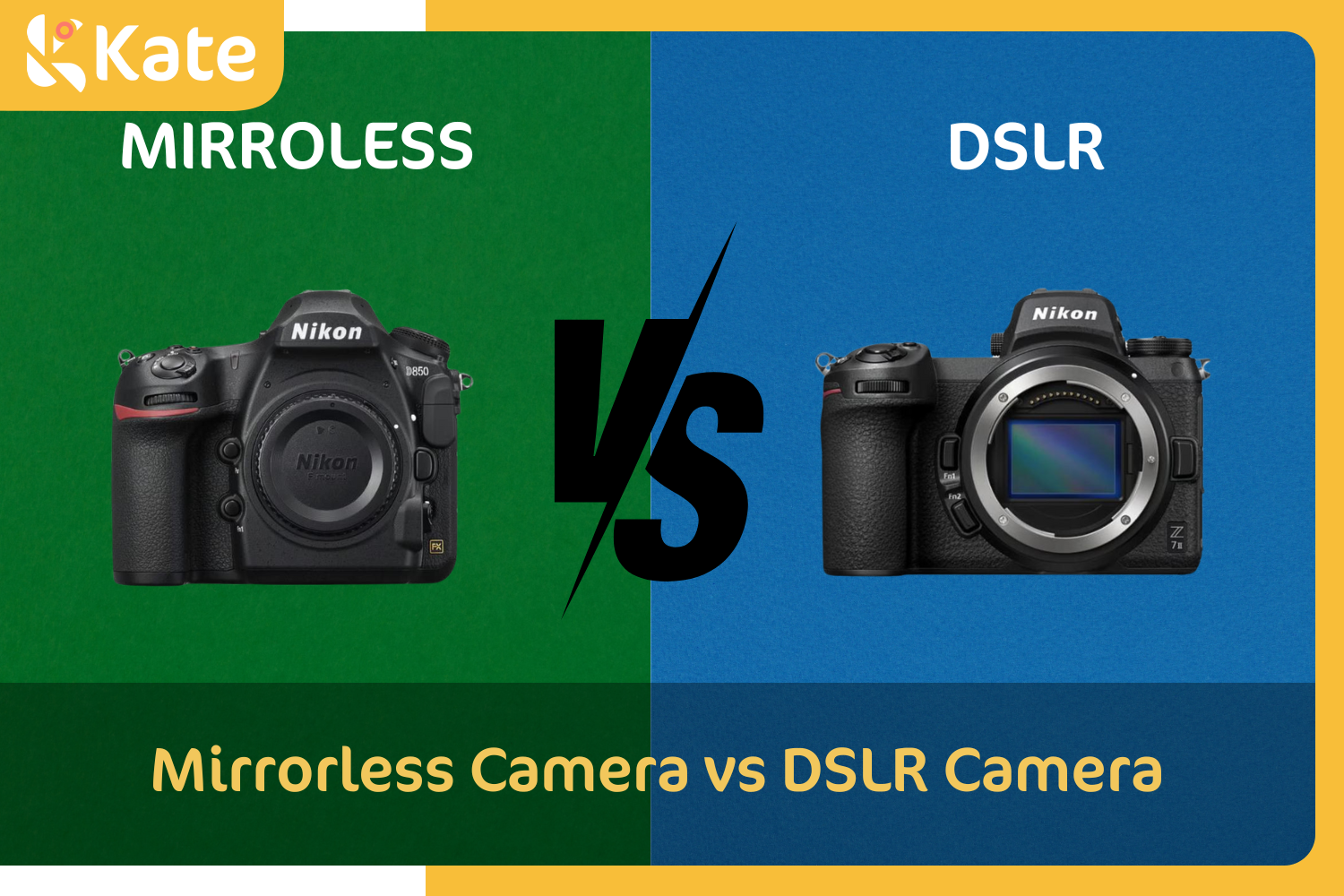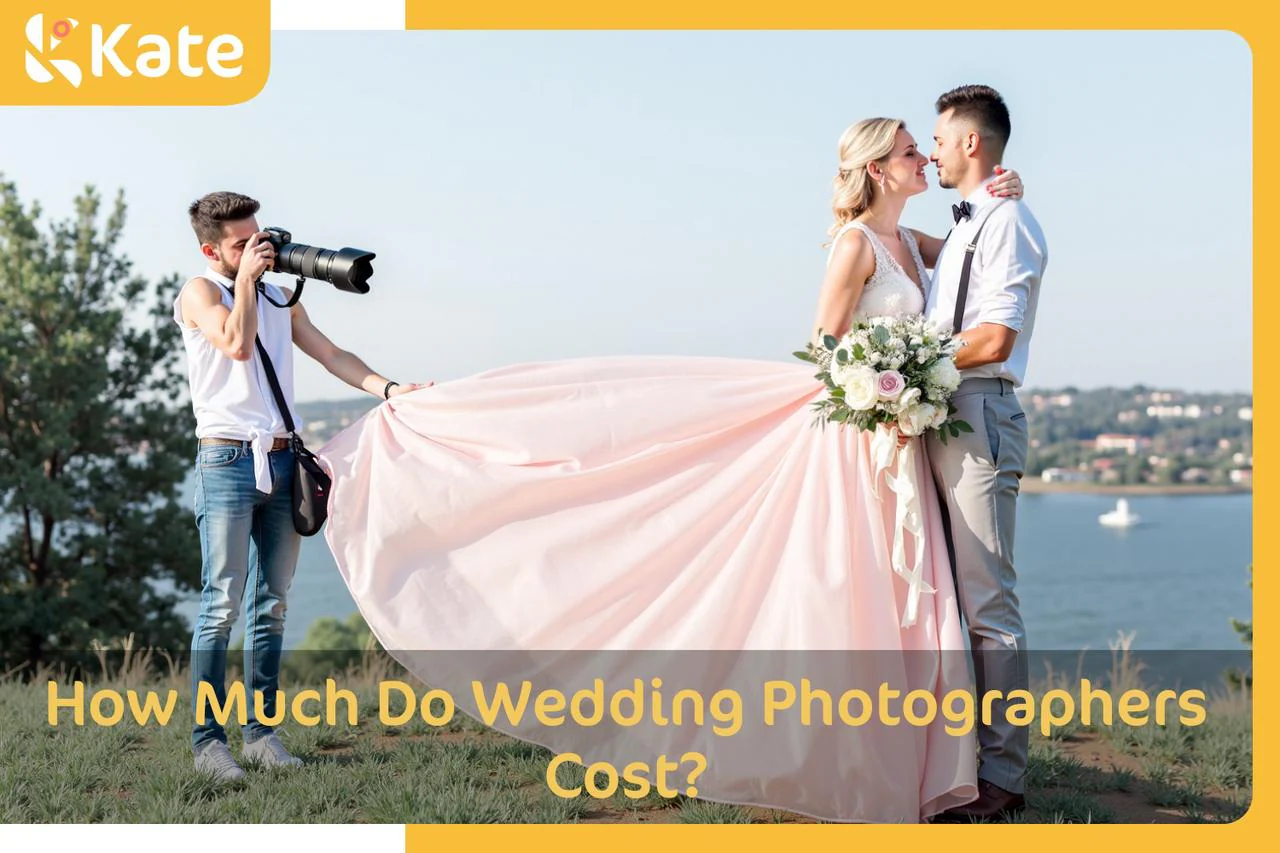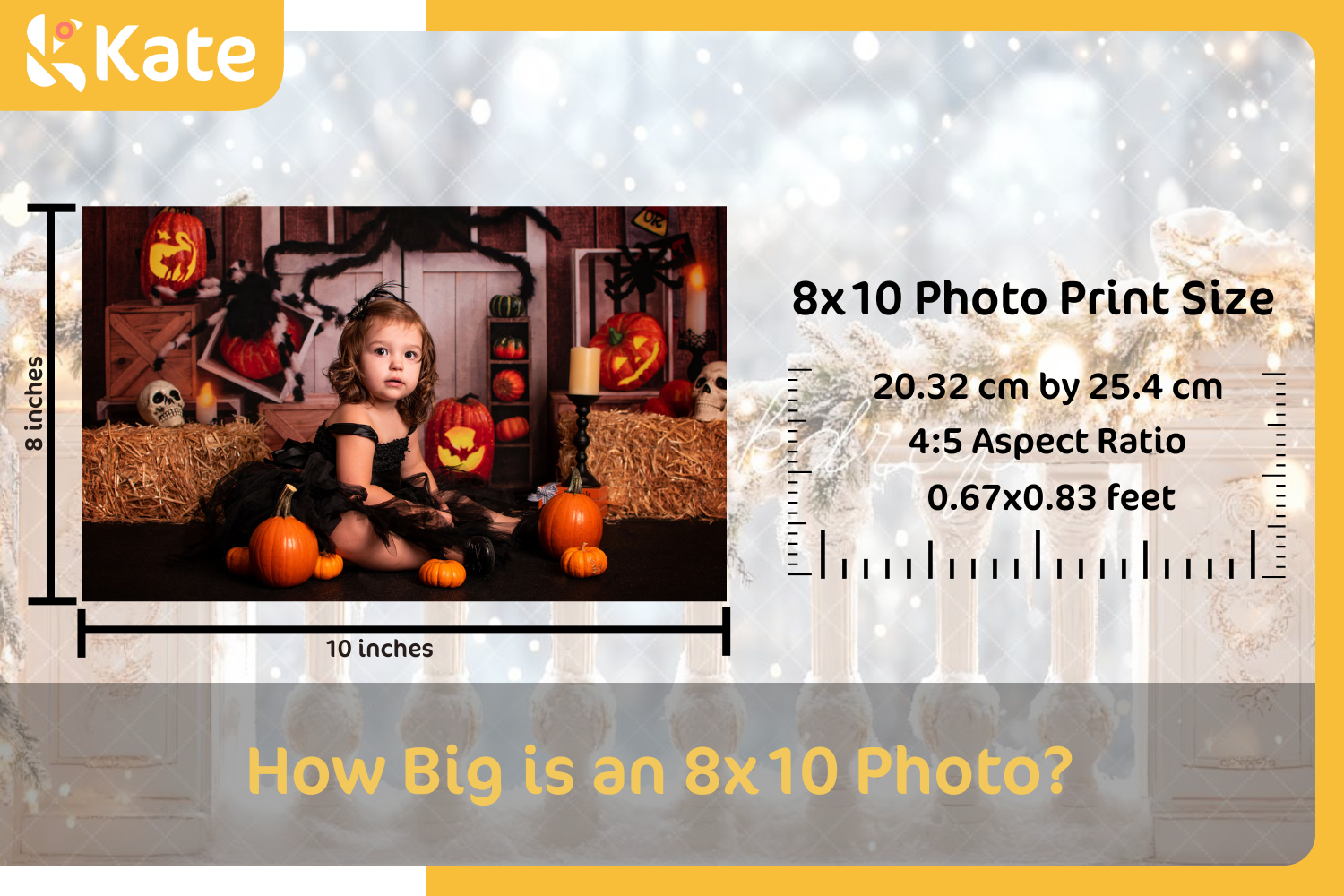A Beginners Guide to Shutter Speed: Everything You Need to Know

Shutter speed is the time the camera shutter stays open to expose an image. The longer the shutter speed, the more light the camera captures and the greater the exposure brightness. It is measured in fractions of a second to seconds.
Common shutter speeds on most cameras range from 1/1000(th) of a second to a 1/2 second or more, though both faster and slower shutter speeds are possible based on the camera model.
Shutter speed impacts image brightness and also its sharpness by controlling exposure length and freezing motion or allowing blur based on the photographer’s purpose. But it is always important when choosing the best shutter speed to understand the reciprocal rule that the shutter speed should be at least the reciprocal of your focal length, the focal length in mm divided by 1. So, on an 85mm lens, the reciprocal shutter speed would be 1/85(th) minimum.
The shutter speed adjustment is found on the mode dial or wheel on DSLR and mirrorless cameras and in the settings on point-and-shoot cameras.
When a camera is in shutter priority mode, also called S mode, the shutter speed remains constant at the speed you set it, and so to optimize the exposure, the camera automatically adjusts the aperture.
Choose a shutter speed based on your photography scenario. Longer shutter speeds are used in indoor settings such as portrait photography and low-light settings outdoors at dawn, dusk or night. They are also used to allow blur for creative purposes. Faster shutter speeds are necessary for freezing motion in sports or wildlife photography.
What Is Shutter Speed?
Shutter speed is the time the camera’s shutter stays open to capture an image – to take a photo. DSLRs and many mirrorless cameras have mechanical shutters with a recognizable click when taking a picture. Most digital cameras have electronic shutters but some have mechanical shutters.
A camera’s shutter speed is measured in fractions of a second when faster or less than one second and in whole seconds when slower. It is the length of time that the camera sensor takes in light.
Common shutter speed ranges vary by camera. For most cameras, shutter speeds are 1/2 seconds to 1/1000(th) of a second with common values being 1/60(th), 1/125(th) to 1/250(th), 1/500(th) to 1/1000(th) of a second or faster.

Slow shutter speed is considered speeds 1/60(th) of a second and slower, such as 1/2 second to one second or slower. The slowest shutter speed on a mechanical camera is typically about 30 seconds. On a digital camera, the shutter speed is controlled electronically and can be set to several minutes to several hours. Many digital cameras also have bulb mode that keeps the shutter open as long as the shutter release button is held down.
Fast shutter speed is 1/125(th) of a second to 1/1000(th) of a second or faster, as fast as 1/8000(th) of a second.
What is Shutter Priority mode?
Shutter priority mode is used by photographers to control the capture of motion. It is a semi-automatic camera mode that keeps the shutter speed constant at the speed you set it. Photographers use this camera mode when the shutter speed is of primary importance to achieve their intended effect in their photography scenario. As a result of a fixed shutter speed in shutter priority mode, the camera automatically adjusts the aperture to produce a properly exposed image.
Shutter priority mode gives you control over how motion is captured. It is commonly used for freezing action, blurring action, and controlling camera shake. Using shutter priority mode gives you creative control over motion and is simpler and faster to use than manual mode. The disadvantages of shutter priority mode are less control over the depth of field and the possibility of underexposure or overexposure.
Some cameras allow you to use bulb mode in shutter priority mode.
Camera dials use S for shutter priority mode or TV for Time Value mode, another name for shutter priority mode.

What is the Importance of Shutter Speed?
Shutter speed is important for controlling exposure, freezing motion, and eliminating blur or, when desired, creating motion blur for artistic effect. Shutter speed impacts image sharpness and the image mood, the story it tells.

Here are these key shutter speed factors explained:
-
Controlling Exposure: The exposure time or shutter speed is the time the sensor or film is exposed to light. Fast shutter speed or short shutter speed lets in less light, producing a darker image with the risk that it is too dark for your purposes. A slow shutter speed allows in more light to make the image brighter but has the risk of an overexposed image.
-
Freezing Motion: Fast shutter speeds of 1/500, 1/1000, or 1/2000 of a second or faster freeze fast-moving subjects including wildlife, vehicles, athletes, children, pets, dance, and moving water such as waterfalls.
-
Creating Image Blur: Selecting a slow shutter speed allows you to intentionally blur the image of moving subjects for artistic effects such as light trails. Slow shutter speeds are considered those of 1/30(th) of a second or slower, and blur is more pronounced the longer the lens focal length.
-
Impacting Image Sharpness: Choosing a high shutter speed of 1/500th of a second or faster produces a crisp image without motion blur or negative effects of camera shake.
-
Influencing Mood and Story: Shutter speed technique, using high-speed or low-speed shutter speeds, allows you to capture images with the look and feel you desire.
As you consider shutter speed for your shoot, keep in mind lighting conditions in which bright light allows faster shutter speeds, ISO, and aperture balance.
Where to Find Shutter Speed?
As you consider shutter speed for your shoot, keep in mind lighting conditions in which bright light allows faster shutter speeds, ISO, and aperture balance.
Shutter speed control location varies based on the type and model of the camera. These are the most common locations for the shutter speed adjustment.
-
DSLR or digital single-lens reflex cameras: Start with the mode dial for manual control of the shutter speed such as manual mode or shutter priority mode (TV or S). You can then use the control wheel or dial near the shutter speed button or on the back of the camera to select the shutter speed. The selected speed will typically be displayed as a fraction on the LCD screen or in the viewfinder.

-
Mirrorless cameras: The shutter speed adjustments are similar to a DSLR – Use the mode dial and control dial or wheel to choose the shutter speed, which will be displayed.

Image from Shutterstock
-
Point-and-shoot compact cameras: Shutter speed adjustment on basic models is done in the settings. Advanced compact cameras are equipped with a mode dial for shutter priority – S or Tv – or manual mode, designated as M. Once chosen, the shutter speed will be displayed on the LCD screen.
-
Smartphone cameras: Some Android phones have shutter speed adjustment. Enter the camera app on the phone to see if it has manual settings for pro or manual modes. Shutter speed adjustments are made with on-screen dials or sliders that are manually adjusted.
-
Film cameras: Traditional cameras have a shutter speed dial for manual adjustment. The chosen shutter speed may show in the viewfinder.
How to Set Shutter Speed
Setting the shutter speed varies depending on the type and model of the camera as noted above.
First, find the shutter speed control dial for your camera type. On most cameras, shutter speed is set by adjusting the main dial to your preferred speed for the picture you plan to take. You also have the option to select shutter priority mode, Tv for time value, or S for shutter speed, for direct shutter speed control.

The shutter speed displayed on the screen is adjustable using arrows or + and -symbols. In priority mode, the aperture will automatically adjust to optimize the brightness of the image.
Manual mode or M mode allows you to control the aperture and shutter speed separately using the control dials or buttons.
Auto mode is a setting that automatically adjusts both shutter speed and aperture. Some cameras have an auto ISO mode within auto that can be customized or turned off to give you more control over image quality and artistic effect.
Can You Change Shutter Speed on iPhone?
No, you cannot change shutter speeds on iPhone camera apps. Instead, an iPhone camera functions in auto mode. The phone’s software controls shutter speed, aperture, and ISO to optimize the image in those lighting conditions.
An alternative is to install a third-party app that allows you to use the phone more similarly to a DSLR. Several apps are available in the App Store.
What Are Shutter Speed Settings and Examples for Common Photography Scenarios?
The best shutter speed settings vary based on the subject being photographed and the effect you want to achieve. Here are 10 common photography scenarios plus the best shutter speed settings with recommendations.
Portraits Indoors: The best speed for indoor portrait photography is 1/60(th) to 1/200(th) of a second. The lower the light, the longer the shutter speed should be.

85mm | f/2.8 | 1/200s | ISO 100 | WB: 5500K
Portraits Outdoors: With more light typically available outdoors during the day, the shutter speed can be faster. It must be faster if there are objects moving in the scene, like the subject’s hair and the tree behind her, and you want to eliminate blur. The best shutter speed for outdoor portraits in a natural setting such as by a lake or in front of a flowering bush is 1/125(th) to 1/250(th), though when there is sufficient light, a faster speed can be used.

85mm | f/2.0 | 1/500s | ISO 100 | WB: 5500K
Freezing Action Photography for Sports or Wildlife: The best shutter speed for freezing fast-moving action is 1/1000(th) or faster. This allows sharp images, for example of a football game or car race, that eliminates or reduces blur depending on the desired effect. However, slow down the shutter speed if you want to add artistic movement to the picture.

70-200mm | f/2.8 | 1/1000s | ISO 400 | WB: 5500K

85mm | f/2.8 | 1/500s | ISO 400 | WB: 5500K
Moving Subjects – Standard Speed: Vehicles and people moving at normal speeds are best captured with a shutter speed of 1/125(th) to 1/500(th )of a second. Choose a speed based on image quality and the amount of blur that is acceptable for your purpose.

50mm | f/2.8 | 1/250s | ISO 400 | WB: 6000K
Landscape Photography: When there is plenty of light and the scene is still, such as a mountain side or forest, the best shutter speed for landscape photography is 1/30(th) to 1/60(th) of a second depending on lighting conditions and whether there is motion in the landscape.

24mm | f/11 | 1/125s | ISO 100 | WB: 5500K
Low Light Photography: Indoor settings with poor lighting, such as in a darkened venue for a music concert or play, are best captured with shutter speeds of 1/30(th) to 1/60(th) of a second. Note that the use of a tripod is recommended to eliminate camera shake.

Night Photography & Light Trails: You’ll need a shutter speed of at least several seconds to minutes to capture enough light for night photography of the stars or moon.

Moving Water – Rivers and Waterfalls: The best shutter speed for capturing moving water depends on the effect you want. Choose a higher speed such as 1/250(th) or 1/500(th) of a second for crisp images and speeds of ½ or slower for blurred images.

24mm | f/11 | 1s | ISO 100 | WB: 5500K

35mm | f/8 | 1/4s | ISO 100 | WB: 5000K

35mm | f/8 | 1/2s | ISO 100 | WB: 5500K
Panning Photography with Motion Blur: This involves moving the camera horizontally while shooting. It gives the image a sense of motion. Experiment with shutter speeds of 1 second to several seconds or longer.

Photo by FedotovAnatoly on Shutterstock
Macro Photography: The best speed for macro photography is 1/60(th) or slower, using a tripod, to get a sharp image of fine detail.

100mm | f/4 | 1/250s | ISO 400 | WB: 5500K
Fireworks: Depending on the effect and amount of blur you want, exposures of ½ to 4 seconds are commonly selected keeping in mind the reciprocal rule.

24mm | f/11 | 8s | ISO 100 | WB: 4000K

50mm | f/11 | 30s | ISO 100 | WB: 3200K
What is the Best Shutter Speed for Portraits Photography?
The best shutter speed for portrait photography ranges from 1/60th to 1/250th of a second. Light conditions are an important factor in choosing the right shutter speed for portraits. And it is always best to use a tripod for portrait photography, especially when shooting at shutter speeds on the lower end of the range.

85mm | f/2.8 | 1/500s | ISO 200 | WB: 6000K
When the portrait is taken indoors, there is usually less available light unless the photographer has photography lighting to brighten the setting, allowing for shooting at a higher speed. When there’s less light, then the speed of the shutter must be slower to allow more light to hit the camera sensor. Overall, the best speeds for indoor portraits range from 1/60th to 1/200th of a second.
The best shutter speed for outdoor portrait photography also depends on how much light is available, and there is often more natural light outside. In general, a faster shutter speed of 1/125th to 1/250th of a second is the best range. A fast shutter speed is especially necessary for outdoor portraits when the scenario includes objects that are moving, such as branches of a tree swaying in the breeze behind the subject.
Best Shutter Speed for Sports Photography
Choose faster shutter speeds for capturing sports images. While there is no single shutter speed that is ideal for all sports applications, the best shutter speeds for sports are 1/500(th) to 1/1000(th )of a second.

85mm | f/2.8 | 1/1000s | ISO 1600 | WB: 5000K
Use fast speeds of 1/1000(th) to 1/2000(th) of a second if you want to freeze the action, as long as lighting is sufficient. Using shutter speeds of 1/500(th) to 1/1000(th) allows the photographer to balance the capture of movement while still getting a sharp image. And if the venue is not well lit, shooting at 1/500(th) allows enough exposure, but may allow some blur.
Best Shutter Speed for Landscape Photography
In good light conditions and when the landscape is still, the right shutter speed for landscape photography is 1/30(th) to 1/60(th )of a second.

16mm | f/11 | 1/2s | ISO 100 | WB: 6000K
However, there are exceptions. If shooting in low light conditions such as dawn or dusk, the golden hour when the sun is low in the horizon, then a shutter speed of 1/15(th) to 1/30(th) is best.
For very low light conditions at night, you’ll need a shutter speed of 1 second to 30 seconds to capture the image. Finally, if shooting during the day and leaves or other aspects of the landscape are moving, faster speeds of 1/125(th) to 1/500(th) of a second are better.
What Is a Slow Shutter Speed?

24mm | f/16 | 4s | ISO 100 | WB: 3200K
Slow or long shutter speed is when the camera shutter is open for a long period of time to allow more light and a longer exposure.
Photographers consider anything slower than 1/60(th) of a second to be a slow shutter speed. Getting good photos with no blur at these speeds requires a very steady hand or the use of a tripod, which can be used effectively even if some blur is preferred.
If blur is desirable for effect, it can be achieved with a slow shutter speed, for example if shooting car lights at night, star trails in astrophotography or blurring in images of moving water.
Most cameras have a slowest shutter speed of around 30 seconds, useful for nighttime photography, other low-light conditions and for panning.
Finally, many digital cameras also have bulb mode or bulb setting. This slow shutter speed mode keeps the shutter open for as long as you hold down the shutter release button. Photographers use bulb mode for shutter speeds of a few minutes to an hour or more shooting in very low light conditions such as astrophotography.
What is the Slowest Shutter Speed to Avoid Blurry Photos for a Handheld Camera?
The slowest shutter speed to avoid blurry photos when using a handheld camera depends on the focal length of your lens and your hand steadiness.
The focal length of your lens can determine shutter speed when using the reciprocal principle, or “1 divided by” the focal length. For example, the reciprocal of a 60mm lens would be a shutter speed of 1/60(th). That is a general rule of thumb.
Photographers also use these common slowest shutter speeds based on focal length:
-
1/60(th) of a second for all lenses up to 60mm.
-
1/125(th) of a second for lenses of 70-100mm.
-
1/250th of a second for 200mm lenses.
-
1/500th of a second for lenses of 300mm and more.
The steadier your hand, the slower the shutter speed you can use and still get sharp images.
Why Using a Tripod is Important for Slow Shutter Speed Photography?
Using a tripod for slow shutter speed photography is important for several reasons.
Reduce camera shake: A tripod is a stable platform that eliminates movements common to holding a camera by hand. As a result, you will get sharper images by using a tripod.
Longer exposures: You can use slower shutter speeds when using a tripod. These longer exposures are ideal for capturing light or star trails, nightscapes or smoothing out moving water, often achieved using bulb mode.

50mm | f/8 | 1/125s | ISO 100 | WB: 5500K
Using a tripod for slow shutter speeds also allows you to lower the ISO settings to improve the image quality, especially in low light conditions. And a range of creative techniques can be achieved such as HDR photography, motion blur and composite images. Setting your camera on a tripod also allows you to use a remote shutter release and reduces fatigue.
However, the shutter speed you select should always be the reciprocal of focal length in mm at a minimum.
What is Fast Shutter Speed?
Fast shutter speed is considered to be any shutter speed faster than 1/500(th) of a second. The fastest shutter speeds are those higher than 1/2000(th) of a second.
Fast shutter speeds are popular for sports photography, wildlife photography, action photography, high-speed photography and handheld photography.

50mm | f/2.8 | 1/1000s | ISO 200
Common fast shutter speeds include:
-
1/500(th) of a second: This fast shutter speed is useful for freezing motion when objects are resting or moving at normal speed, such as walking.
-
1/1000(th) of a second: This fast shutter speed freezes faster movement such as an athlete running or a vehicle moving at normal speed.
-
1/2000(th) of a second: This shutter speed is ideal for capturing fast-moving athletic action, wildlife such as birds in flight, and race cars speeding on the road or track. 1/2000(th) of a second and faster is also useful when light conditions allow and you want to minimize camera shake when shooting handheld photos.
The fastest shutter speeds available in cameras currently available include 1/8000(th) (Sony Alpha 7R II) and 1/32000(th) of a second achieved by the Nikon Z9.
Keep in mind that you might have to compensate for faster shutter speeds with a wider aperture setting and/or increasing ISO sensitivity. Shooting with fast shutter speeds also requires fairly bright lighting.














 Easter🥚
Easter🥚



